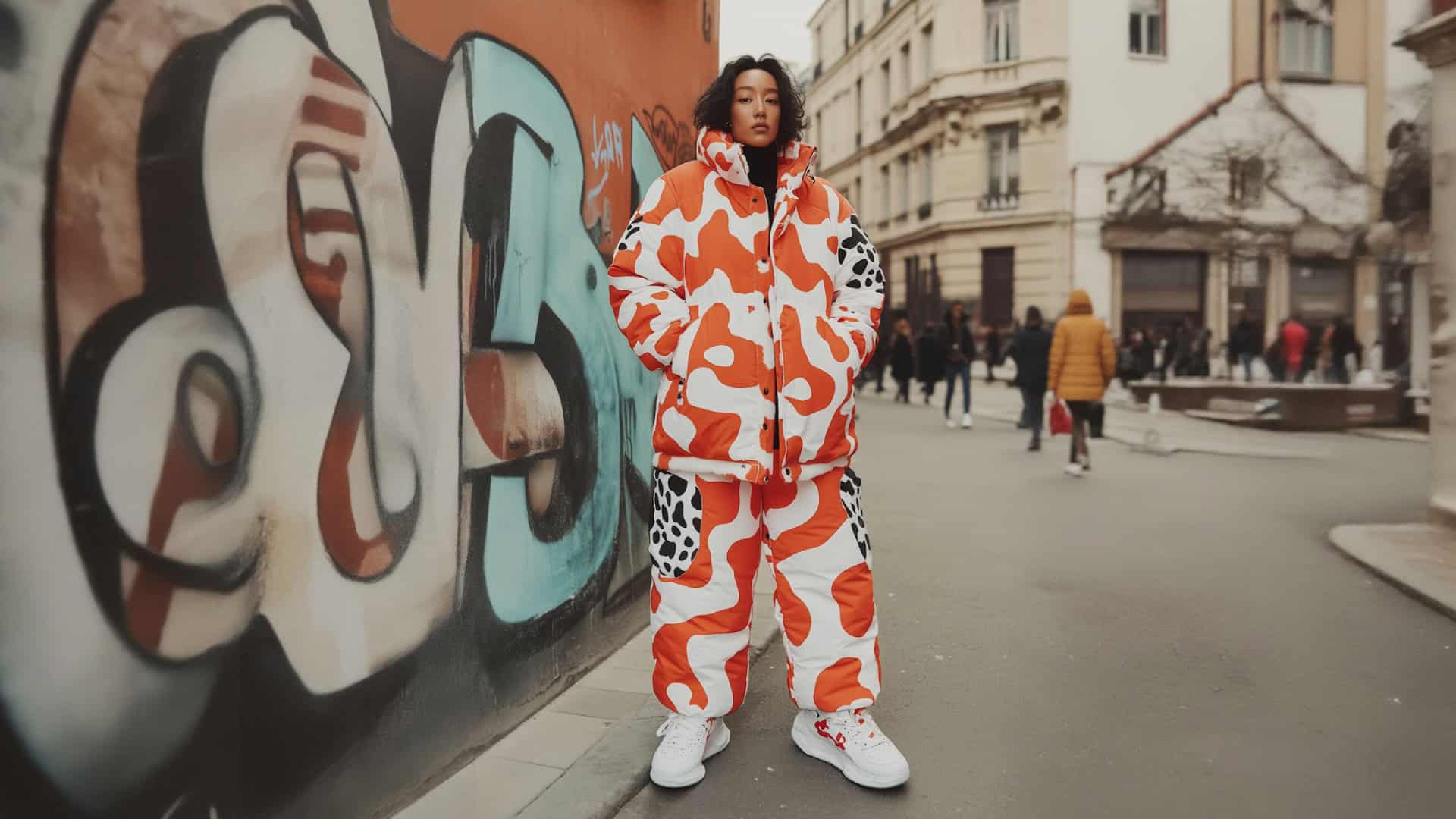
Influencer Marketing in 2024
The creator economy has grown tremendously since its inception, valued at $250bn by Goldman Sachs in 2023, it’s expected to rise to $480bn by 2027! Where it was once an afterthought that marketers would experiment with if they had some leftover budget, it’s earned a seat at the digital marketing table and is now a core element in most digital marketing strategies. In 2023, spend on influencer marketing increased 3.5x faster than traditional digital marketing tactics such as paid social, suggesting that, even when the economy has been less than great, content creators are still a strong marketing channel for lower funnel performance activity.
A report from Insider Intelligence found that 69% of consumers' purchasing decisions are spurred by their trust in their favourite influencers' recommendations. Additionally, as Gen-Z, who have long been the key demographic for influencer marketing campaigns, are growing up and joining the workforce, it’s only natural for the industry to grow alongside that generation.
What is Influencer Marketing?
Influencer marketing is where online social media content creators partner with brands to promote a product or service to their audience, which can range from 5/10k to 1M+ across a range of industries and niches, in the hope they’ll make a purchase.
Influencer Marketing has been around for a while now (about 10 years), so forgive us for potentially rehashing what you likely already know, but the industry is ever-evolving. New trends come and go, and the way influencers, marketers and brands work together is constantly changing and developing.
Influencer Marketing Statistics
To outline the scale and importance of influencer marketing in 2024, here are a few influencer marketing stats we think are worth taking note of:
- For every $1 spent on influencer marketing, businesses are making $5.2 ROI. 13% Large businesses are seeing revenue of $20 or more for every $1 spent.
- 67% of brands increased their influencer marketing budget in 2023.
- Since 2016, google searches for the term ‘influencer marketing; have shot up by 465%.
- 80% of marketers are prioritising work with smaller creators/influencers with under 100k followers.
- 62% of social media users put their trust in content creators over A-list celebs as they can identify authenticity in the promotion.
- The fashion industry is the most popularly used for influencer marketing sitting around 41%. This is trailed by lifestyle/vlog (40%), fitness/health (37%), food (34%), travel (33%), and family content (33%).
- 51% of brands acquire better customers by utilising influencer marketing.
Influencers vs Content Creators
One of the most notable developments in our industry in 2023 was the shift away from ‘influencer’ culture. ‘Influencer’ has long had a stigma attached to it, suggesting that anyone claiming to be an influencer is a rich kid, spending all their time on a beach somewhere, doing little to no work and raking in a fortune. While, in some cases, the goal of an influencer is to try to ‘show off’ a lifestyle like this, the majority of this sentiment is largely untrue. Nevertheless, audiences are starting to distance themselves from those who adhere to the traditional iconism of an influencer.
In its place, we're witnessing a shift towards a more authentic and relatable form of creator marketing, driven by growing consumer demand for relatability, transparency and genuine connections.
You may be asking yourself “What’s the difference between an influencer and a content creator?” Let us break it down for you:
- An influencer will mostly make content for the purpose of growing their personal brand, promoting their aspirational lives and partnering with brands outside of their niche in order to make a living.
- A content creator will make content based on a passion for their niche, whether they’re working with a brand or not.
While creators often have much smaller and niche audiences, falling in the nano/micro category, they have become an attractive option for brand partnerships. Because their followings have been garnered through a genuine interest in the content that’s being made, as opposed to following them because they were on a reality show, it’s safe to assume that their audiences are highly engaged and are more likely to consider a brand, product or service being promoted through the creator. This holds a lot of weight for brands, especially those in a niche vertical, who are looking to connect with their target audiences.
Influencer Strategy in 2024
Badly executed influencer marketing campaigns are nothing more than a vanity act. Well-executed campaigns demand audience attention and should deliver your brand outstanding results, and this all boils down to building a solid influencer marketing strategy.
A clear and concise strategy is crucial to the success of your influencer marketing campaign. It should clearly define the goals, as well as the budget you have to play with. The brief is your chance to paint the picture for your campaign; ‘why influencer marketing’, ‘What’s your goal’, ‘When do you want to go live’, ‘Who are you trying to reach’, ‘Where is the best place to connect with your target audience’ ‘How are you planning on utilising influencers’. We’ve outlined a full guide to nailing your influencer marketing brief which you can check out here.
Platform strategy is naturally a huge component of a successful influencer marketing campaign. Different brands will have different target audiences, using different platforms. Often one campaign can run across multiple platforms, so it’s key that you know how you’re going to utilise influencers to your advantage. Again, we have a full guide to this, available here. (Oh, and don’t think TikTok isn’t right for your brand, it’s the biggest platform on the scene right now and you’d be missing a huge opportunity by ignoring it).
Benefits of an Influencer Strategy
The benefits of a well-executed strategy can vary depending on what your goals are. But in the main, a strong strategy can:
- Establish trust between your brand and the creator's audience.
- Enhance your equity by delivering your brand narrative through content.
- Provide a direct line to a demographic who are already interested in your brand, product or service.
- Achieve the goals that have been set, and ultimately, deliver ROI.
A key tip to remember for your 2024 influencer marketing strategy is, stop focusing on the numbers that don’t matter. This can be a difficult one for brands and marketers to wrap their heads around, but metrics like audience sizes aren’t reliable indicators for a successful influencer marketing campaign.
While it can be tempting to try and contract someone with a huge audience to promote your brand, this can often be the wrong move. Instead, look deeper. Impressions, audience engagement rates, click-through rates, CPM - these are the key data points behind influencer marketing that will give you a clearer picture of which creators will and won’t give you the best chance of decent ROI. You’d be shocked at what smaller creators could achieve for you this year.
The best way to guarantee influencer marketing success for your brand is to partner with an influencer marketing agency like Disrupt. We have the experience and know-how, as well as a pretty amazing team of experts, ready to deliver results for brands across all industries on each platform.
Influencer Marketing Trends 2024
Now, while our industry is an ever-evolving landscape, we at Disrupt like to think we have a pretty good idea of what’s to come over the next 12 months. In 2023, we saw new tech and platforms emerge and an overall shift in the content that audiences seek from content creators. Most of these will carry over into 2024 to shape and define this era of the creator economy. Are you eager to know what’s going to be big in ‘24? We’ve outlined our full influencer marketing and creator economy trend predictions in a new white paper. You can download it here.
2024 is going to be a huge year for influencer marketing. If you’re yet to adopt it as part of your brand’s digital strategy, or if you’re ready to take your influencer marketing to the next level, get disruptive. Get in touch today.






